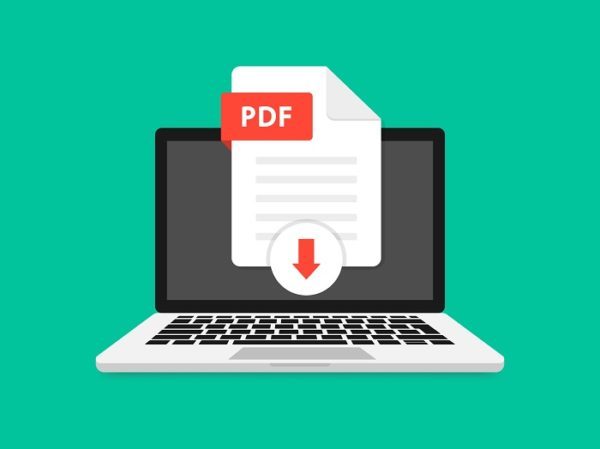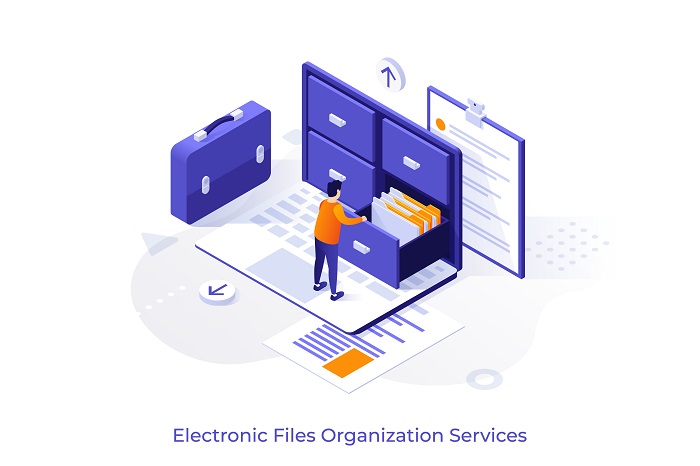The Hybrid eDiscovery Solution: The Best Of Both Worlds
When deciding on the most efficient processes to run eDiscovery in your organization, the options are nearly limitless with hundreds of products and service providers vying for your attention.
Not all document review solutions are the same. Before you commit to your eDiscovery solution, you need to determine whether you would like to perform eDiscovery in-house, outsource it or do a bit of both.
Regardless of which path you take, CloudNine can provide you with a solution that is perfectly right-sized for you, learn more about CloudNine’s review solutions here.
What is eDiscovery Insourcing?
Insourcing is the delegation of a task or operation to a specialized unit within your organization rather than a third party. For legal service providers and large law firms, this includes both the technology used to perform legal data collection and people assigned to collect and review electronic discovery documents.
Insourcing is the traditional method for eDiscovery. Ten years ago, cloud solutions weren’t widely used for eDiscovery due to cost and the fact that most professionals were not aware or comfortable with it yet. Larger law firms invested heavily in developing an in-house infrastructure and software to process and review electronic documents.
Today, the organizations with the infrastructure already in place continue to insource their eDiscovery because it allows them to control both the cost and the data. Typically, these organizations are large law firms.
Benefits of insourcing your eDiscovery:
- No data hosting or processing fees
- Complete control over data collection
- Protection from cybersecurity attacks on external parties
100% control means 100% responsibility. With this responsibility comes the cost of maintaining your eDiscovery environment which includes hiring IT professionals and updating the infrastructure regularly.
If your organization chooses to insource your eDiscovery process, you will need to hire a software company to develop your new software or hosting platform. Of course, you can avoid this if you already have a software engineer on the payroll.
In addition, your new eDiscovery software will need a robust infrastructure to support it. This requires a large investment of capital. If you already have the infrastructure in place, you may have to expand it before you are ready if your organization scales quicker than you’re prepared for.
Lastly, an insourced eDiscovery solution requires trained professionals to make it operational. Not only will you need a team of dedicated attorneys to review the documents, but you’ll need IT staff to maintain the network, software, and hosting platform.
Interested in learning more about the pros and cons of corporate legal insourcing? Check out our blog, Insourcing vs. Outsourcing Your eDiscovery Review Process.
What is eDiscovery Outsourcing?
Outsourcing is the transfer of day-to-day operations of a business function or task to an external service provider. For eDiscovery, this means an outside organization is responsible for providing the technology and personnel to collect and review electronic discovery documents.
Because of the high expense associated with maintaining an in-house infrastructure, many legal organizations contract legal service providers or legal technology companies to host and process their eDiscovery documents.
This also means you do not need to keep IT staff or review attorneys on payroll full-time. Instead, your expenses are tied to a few laptops and a reliable connection to the internet.
With less investment in infrastructure, accounting becomes much easier because you’re not looking to make money back on an expensive investment. Your books and budget are simplified, only paying predictable monthly hosting and processing fees.
Other benefits to outsourcing include:
- Up-to-date software patches to protect you from cybersecurity threats
- Hosting and processing fees are based strictly on volume
- Data can be culled to reduce the number of documents processed
Outsourcing means you have to frequently communicate with your legal service provider. The more you outsource, the more management you need to ensure communication is being relayed correctly and different pathways mean the odds of miscommunication increases.
Data transfer time could pose a problem if one party is suffering from a connection issue or if a hard drive has to be physically shipped to the service provider for processing.
Also, you’re dependent on the service provider’s availability. If they have a system outage or are the victim of a natural disaster, you’ll potentially lose access to your data.
A Hybrid eDiscovery Solution
For some organizations, one solution- insourcing or outsourcing- may not be suitable. Different challenges require different solutions and those that find themselves in this position can always consider adopting a hybrid eDiscovery solution.
A hybrid eDiscovery solution finds the best balance between your internal and external resources to perform specific business functions or tasks like eDiscovery collection, processing, and review.
For example, you could use insourcing to cull the data before advancing it to your outsourced processing. Or you could reserve your insourced platform to handle smaller data collections while sending larger data loads to your external service provider.
Tasks to consider for your hybrid approach include:
- Collection
- Analytics
- Processing
- Review
- Production
- Proactive Hosting
To determine which solution is best suited to perform each task, you need to consider these challenges for each:
- ROI – How much will the solution cost and is it cost-effective?
- Time – How quickly will the solution allow you to perform your eDiscovery tasks?
- Complexity – How complex is your eDiscovery process and what risks are involved with the solution?
By recognizing your specific needs and comparing them to the benefits and drawbacks of each solution, you can determine which solution – insource, outsource, hybrid – works best for your organization.
Regardless of your decision, CloudNine can help guide you to discovering the right eDiscovery solution for you. We offer an all-in-one processing and hosting solution that you can use on-prem or through our cloud-based eDiscovery platform, giving you the option for insourcing, outsource, or hybrid.
To learn more, request a free demo and see how CloudNine can make your eDiscovery solutions more efficient and affordable.

























